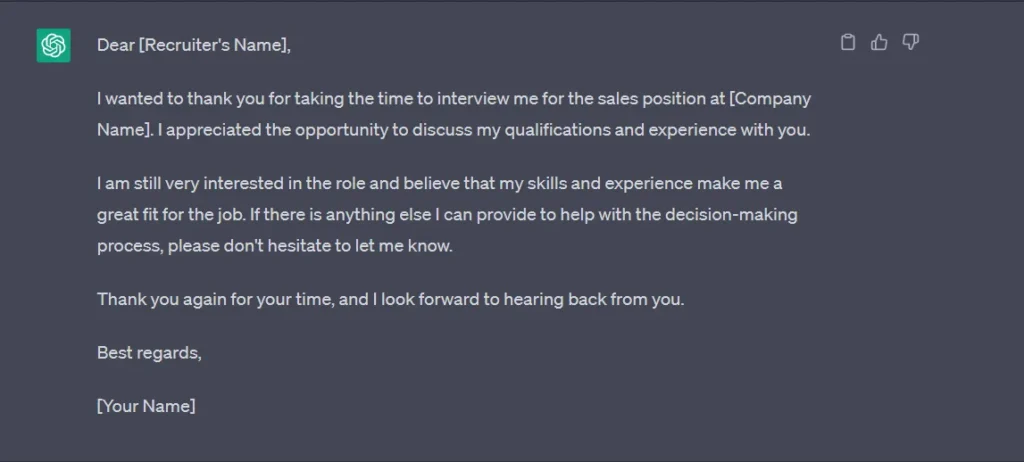Last Updated on September 19, 2025
ChatGPT has taken the world by storm as one of the most advanced conversational AI tools available. Its ability to generate human-like text on virtually any topic makes it extremely useful for a variety of applications, including SEO content creation.
In this post, we’ll explore how you can fine-tune ChatGPT to create a custom AI assistant specialized for generating SEO-optimized content.
Why Create a Custom SEO GPT?
Out-of-the-box, ChatGPT can already create very good written content. However, it doesn’t have a specific understanding of SEO best practices needed to craft content optimized for ranking highly in search engines.
By giving custom instructions and training the model, we can bake in SEO expertise so the AI can natively generate content following important on-page and off-page optimization principles. This saves tons of time manually optimizing AI-generated text.
Steps to create a custom GPT for SEO
Defining Your SEO Assistant Goals
First, outline the specific SEO capabilities you want your AI helper to possess once fine-tuned. For example, you can select among following capabilities:
- Content Creation: Generate blog posts, product pages, etc. optimized for topics/keywords
- Link Building: Identify and recommend relevant sites to obtain backlinks
- Rank Tracking: Monitor rankings across target SERP terms
- Optimization: Review existing on-page content and suggest improvements
- Reporting: Prepare monthly reports with traffic insights, top new keywords, etc.
These are just a few examples – customize for your most pressing pain points and objectives. Clearly defining the model’s purpose will keep training focused.
Example
Goal : Generate SEO optimized blog post of long format (2000 words)
Gather Training Data
Next collect data that will allow ChatGPT to learn industry best practices related to your priorities. Depending upon selected goals, you need to define best practices. For example:
- Well-optimized web pages highlighting elements like meta data, heading tags, image alt text etc
- Quality blog posts using semantic keywords appropriately through the content
- Spreadsheets of top-ranking pages for major keywords in your niche
- Link building outreach templates securing high domain authority placements
- Rank tracking reports showing keyword movement overtime
The model will analyze these examples during fine-tuning to build expertise. Curate as much relevant data as possible – here you have the option to upload some documents too like txt, csv, pdf etc. If you readily available best practices in pdf, it would really work wonders.
Example
Training Data: The task involves writing a long-form, unique and optimized article of at least 2000 words on a given topic. Before writing, an outline with 25+ headings/subheadings must be developed using LSI keywords. The article itself should demonstrate expertise and include elements like simple English, contradictions, transitional phrases to engage readers. It needs to follow specific SEO guidelines regarding focus keyword placement in meta tags, first 10% of blog, keyword density, using subheadings strategically, and formatting using Markdown. Additionally, there should be inclusion of FAQs, conclusion, and a custom promotional message. Overall, the article must be optimized for SEO while engaging readers through effective writing, formatting, structure, and topics that position the author as a domain expert.
Train and Test the Model
In ChatGPT, provide overview context on the data you’ll use to teach SEO concepts critical for optimizing websites and ranking higher. Explain that examples labeled “good” demonstrate effectiveness vs “bad” examples to avoid.
Then begin uploading key data documents, clearly identifying good vs bad samples. Ask occasional test questions to assess early learnings, providing affirmative or corrective feedback.
Once initial uploads complete, switch to an interrogation and response based training – prompting for advice on topics like:
- How to research low competition keywords
- Optimizing anchor text for outreach emails
- Improving page speed insights scores
- Crafting meta titles and descriptions
From the model’s responses, indicate when guidance reflects or misses the mark on core SEO principles. Over multiple sessions, knowledge gaps will rapidly narrow.
Iterate and Improve
To determine sufficient grasp before final export, evaluate the customized model from different angles. For example it could be:
- Content Generation: Review multiple automatically generated blog posts and landing pages – critique optimization elements like mobile layout, keyword placement etc.
- Link Recommendations: Ask for site suggestions to obtain links for a target topic
- Rank Tracking: Have it produce a mock SERP report for high priority keywords
Where outputs remain imperfect, supply additional feedback to further refine. But once confident in mastery across defined objectives, export the tuned SEO specialist to deploy on your site.
Related: How to use Custom GPTs to boost SEO
Deploy and Monitor
Even after launching your new AI-powered SEO tool, the education process doesn’t stop. As algorithms shift and new techniques emerge, continually monitor performance and retrain on the latest data and trends every 1-2 months. Treat it like an ever evolving digital marketing assistant.
The upside? This level of hyper-personalization transforms ChatGPT into an customized SEO expert tailored exactly for your business needs. The time and growth dividends are immense!
- Top AI Marketing Tools in 2025 - December 2, 2025
- Best SEO Content Optimization Tools - November 13, 2025
- People Also Search For (PASF): The Complete 2025 Guide to Smarter SEO Optimization - November 11, 2025




